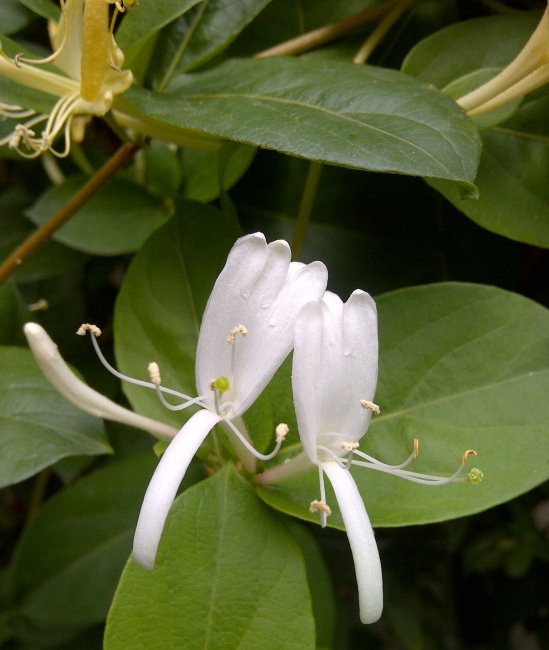Climate Matching Map
| Attachment | Size |
|---|---|
| ClimateMatch_NV_Lonicera_japonica.pdf (1.22 MB) | 1.22 MB |
1. Question 1
2. Question 2
3. Question 3
4. Question 4
5. Question 5
6. Question 6
7. Question 7
8. Question 8
9. Question 9
10. Question 10
11. Question 11
12. Question 12
13. Question 13
14. Question 14
15. Question 15
16. Question 16
17. Question 17
18. Question 18
19. Question 19
20. Question 20
Evaluation Notes
This species has been reported as naturalized and invasive in the U.S. primary in the south east of the country. There are no reports specifically listing the species as naturalized in Nevada but it is assumed to be possible in Nevada's southern warm desert region which matches areas where the species has become naturalized in Arizona.





